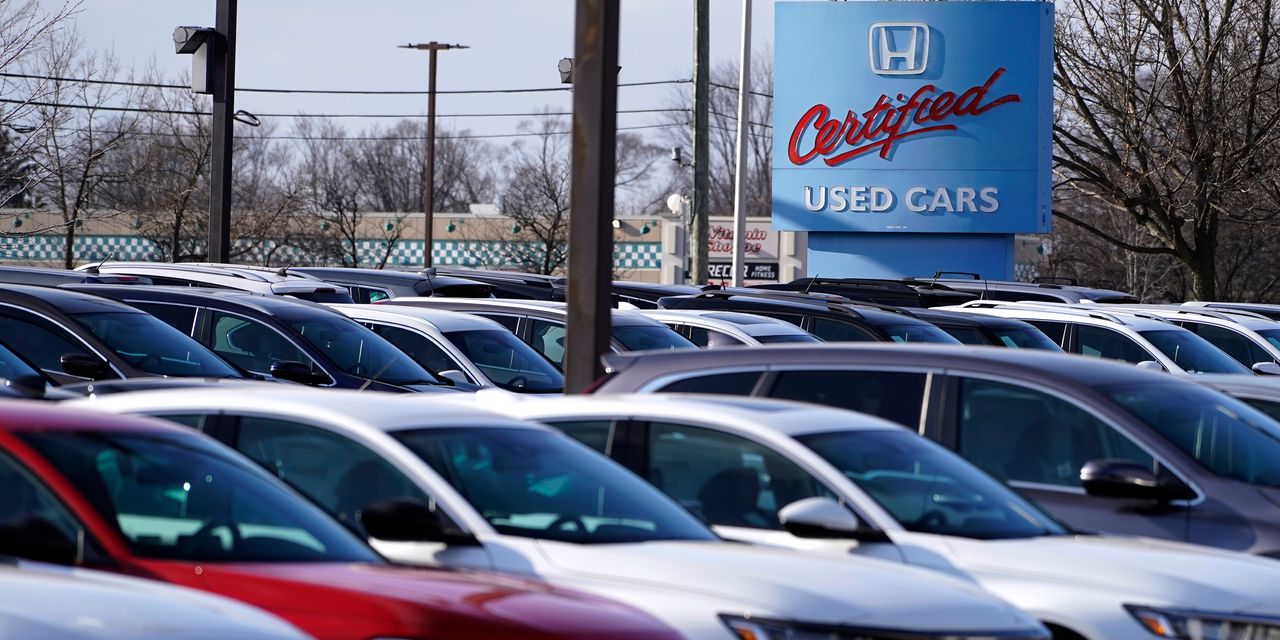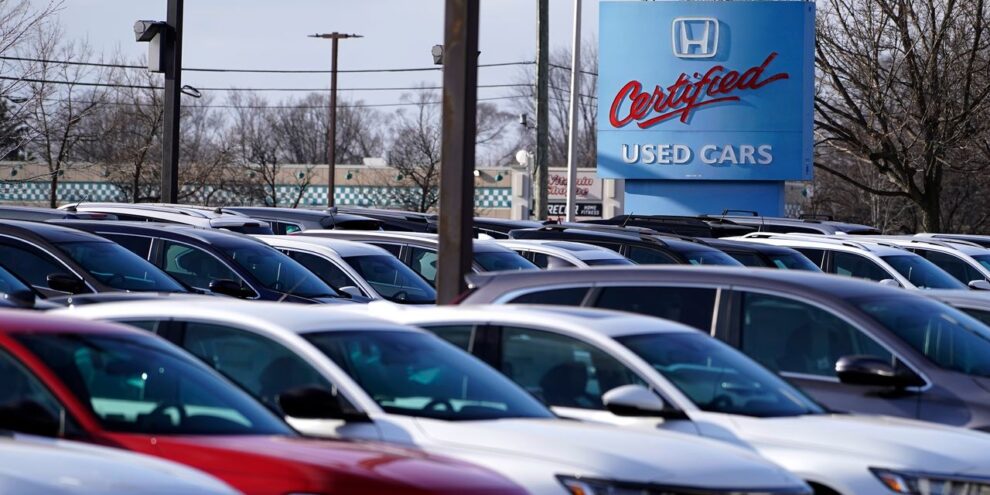
Shopping for used cars gave U.S. residents one of the biggest sticker shocks of the pandemic, which created both a surge in demand and shortages of chips and other auto parts that curbed the supply of new cars.
Used-car prices have soared in the past two years, and are a big part of why U.S. inflation has hit a string of four-decade highs in recent months. Used-car prices declined a fraction in February, but are still up 41.2% over the year.
Demand for used cars “has been through the roof,” said Jessica Caldwell, an analyst with Edmunds.
It didn’t start out that way.
In March and April of 2020, as several metropolitan areas were under shelter-in-place orders to curb the spread of the virus, there was worry the pandemic was going to snuff out demand for vehicles, especially new ones.
Some people even sold the cars they were not using to commute to work. Consumers braced for tough times. Auto makers also thought demand was going to drop, and canceled some of their orders for chips.
Overall demand for chips, made by only a handful of companies mostly in Asia, was starting to climbing as people sought to buy more computers, video games, and other electronics.
Cooped up in their homes due to public-health orders, and newly wary of public transportation, taxis, and ride-hailing, a lot of people realized they wanted or needed a car. Others, able to work remotely, moved away from urban areas and found themselves more dependent on cars.
See also: ‘It was never going to be easy’: Rivian is at a crossroads as it battles to win back Wall Street
By then, auto factory shutdowns and chips and parts shortages had squeezed new-car inventories, and prices for used cars started to rise.
“It put the industry on the backfoot,” said Kevin Roberts, an analyst with CarGurus Inc. CARG, -1.21%, an online car marketplace.
The shortages continued into 2020 and 2021, reducing the number of new vehicles in dealer lots.
If people needed a vehicle in short order, in many cases they had to buy used, which brought new-car buyers into the used-car market.
A recent survey by supply-management company Supplyframe, recently acquired by German’s Siemens AG SIE, +3.41%, found that 48% of the more than 1,000 U.S. adults it polled said that lack of inventory led to buying a used car instead of a new one.
Related: Ford stock rallies as Wall Street cheers auto maker’s ‘bold reorg’
And not just individual consumers, Roberts said: Car-rental companies, which early in the pandemic “massively reduced the size of their fleet,” needed to replenish their offerings and bought used, which hadn’t been common, he said.
Price increases could slow down
Car-buying follows a seasonal pattern, picking up in the spring and summer and cooling off after that. There are some indications price increases could slow down, he said.
“Demand is still high, but not at any price,” he said. Prices for wholesale, from auctions and fleet sales, for example, have started to trend down. Traditionally, that trickles down to retail consumers, he said.
CarGurus’ February pricing and availability data showed that sales demand does seem to be cooling off as prices remain at historic highs and the tax-return season is slightly delayed. The average used-vehicle listing price on the platform is up 54% in February as compared with February 2020.
Still, not everything is doom and gloom for car shoppers, as the surge in demand and scarcity has boosted trade-in prices.
And those four million U.S. residents who leased their vehicles in 2019 are likely “in an unprecedented position to take advantage of positive equity,” the analysts at Edmunds said earlier this month.
On average, the 2022 trade-in value for all model year 2019 vehicles saw a 33% lift, or an increase of $7,208, compared to their original estimated residual value, the analysts said.






